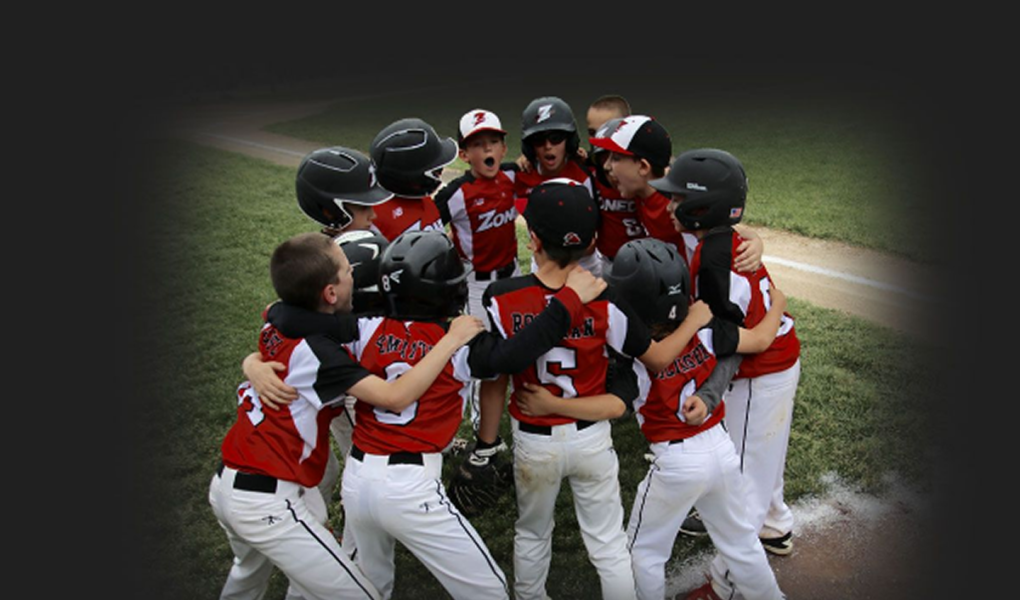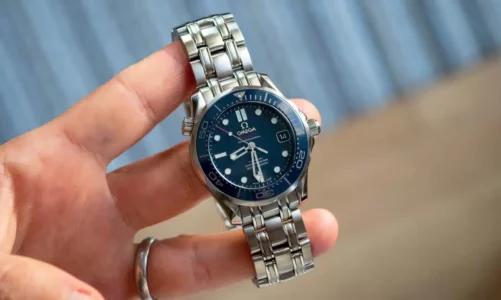Introduction
Batting is a fundamental aspect of baseball, and as a youth coach, it’s crucial to provide players with the necessary skills and techniques to excel at the plate. Implementing effective batting drills during practice sessions can significantly enhance a player’s swing, hand-eye coordination, timing, and overall confidence. In this article, we will explore ten essential batting drills that every youth coach should know to help their players develop a strong and effective swing.
Tee Work
Tee work is an excellent drill for beginners and experienced players alike. Set up a batting tee and have players practice hitting the ball off the tee. This drill helps players focus on their swing mechanics, hand placement, and balance. It allows them to develop a consistent swing path and make adjustments as needed.
Soft Toss
Soft toss is a drill where a coach stands behind a protective screen and tosses underhand pitches to the batter. This drill helps players improve their hand-eye coordination, timing, and focus. It also provides an opportunity for players to work on hitting the ball to different areas of the field.
Front Toss
Similar to soft toss, front toss involves a coach standing in front of the batter and tossing underhand pitches. The advantage of front toss is that it allows players to see the trajectory of the ball more clearly, simulating game-like conditions. It helps players work on their timing, pitch recognition, and driving the ball with power.
Short Toss
Short toss is a drill where a coach stands a short distance away from the batter and tosses underhand pitches. This drill is particularly useful for developing hand quickness, bat speed, and the ability to hit inside pitches. It challenges players to react quickly and make solid contact with the ball.
Live Batting Practice
Live batting practice involves facing live pitching from a coach or teammate. This drill simulates game situations and helps players adjust to different pitch speeds and locations. It allows players to apply their batting skills in a realistic setting and develop the ability to make split-second decisions at the plate.
Pitching Machine
Using a pitching machine can be an effective way to provide consistent and controlled pitches for players to practice hitting. It allows coaches to adjust the speed and location of pitches, providing players with a variety of challenges. This drill helps players develop their timing, reaction, and ability to hit different pitch types.
Two-Strike Drill
The two-strike drill focuses on teaching players how to protect the plate and make contact when they have two strikes against them. In this drill, the coach or pitcher throws with two strikes, and the batter’s objective is to make solid contact and put the ball in play. It helps players develop a defensive swing, improve their pitch recognition, and battle tough at-bats.
Breaking Ball Recognition
Developing the ability to recognize and hit breaking balls is crucial for a well-rounded hitter. Use a pitching machine or have a coach throw breaking balls to simulate different pitch types. This drill helps players improve their recognition of the spin, speed, and movement of breaking pitches, enabling them to adjust their swing accordingly.
Softball Hitting
Incorporating softball hitting into practice sessions can be beneficial for developing bat speed and hand-eye coordination. Softballs are larger and slower than baseballs, making it a great tool to work on tracking the ball and making solid contact. Transitioning back to baseballs afterward will help players feel more comfortable and confident.
Video Analysis
Video analysis is not a specific drill but a valuable tool to help players improve their batting technique. Record players’ swings during practice and review the footage with them, highlighting areas for improvement. This visual feedback allows players to identify and correct any flaws in their mechanics, leading to better overall performance.
Conclusion
Batting is a critical skill in baseball, and incorporating these ten essential batting drills into your coaching repertoire can greatly benefit your youth players. From tee work to live batting practice and breaking ball recognition, these drills cover various aspects of batting and help players develop a strong and effective swing. Remember to provide constructive feedback, encouragement, and ample repetition to ensure that players can apply what they learn in game situations. With consistent practice and the right guidance, young players can become confident and skilled hitters.



